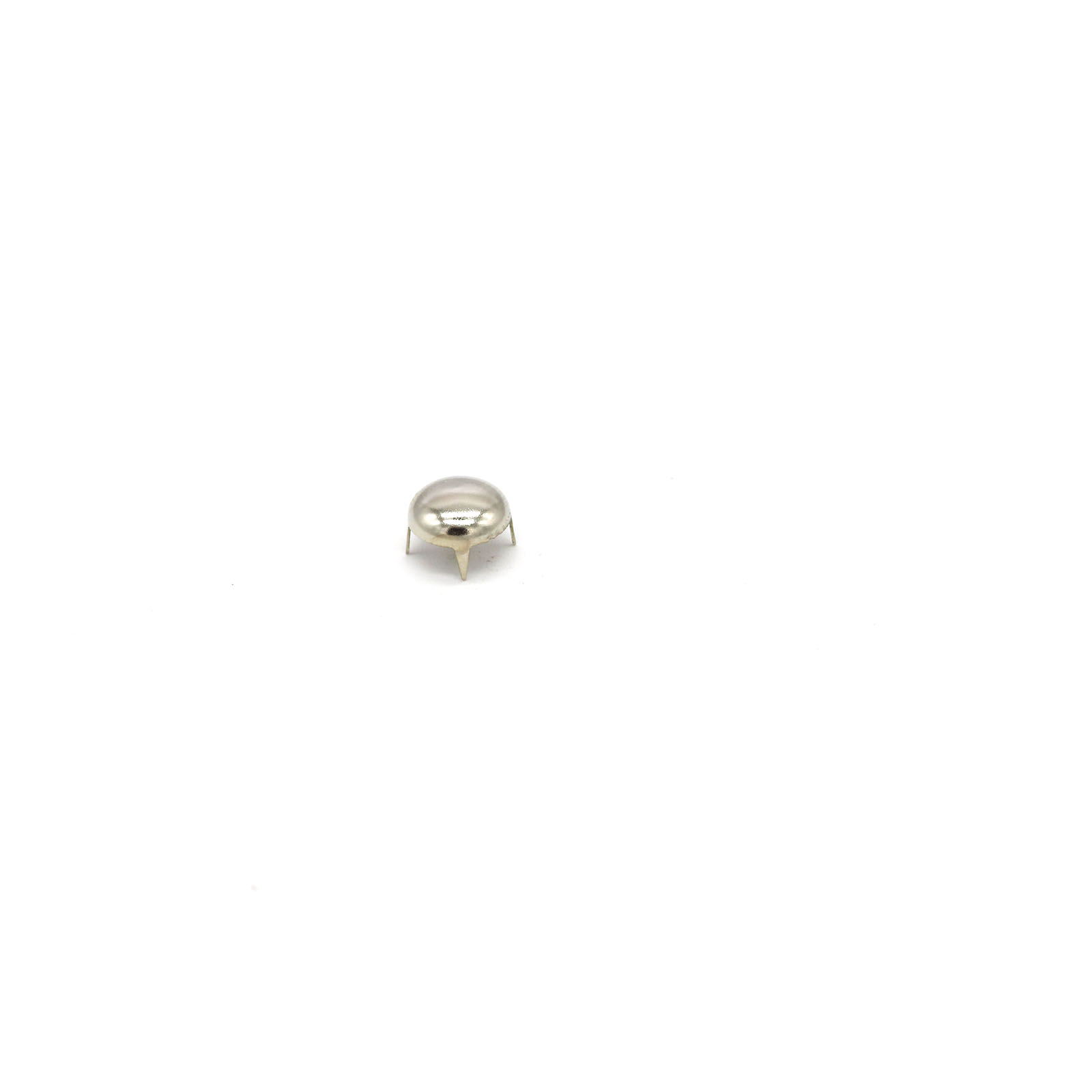

There was a huge discussion on here years ago about it, a lot of experts (real, not being sarcastic) pretty much put the subject to bed with the following conclusions:ġ) Yes. So sorry for my long windedness but this is why I am interested in talking to others who may trim their case and use a taper crimp. Changing MV of course will change the time when the bullet exits the crown. One can do this by adjusting crimp on the bullet because crimp can increase the hold of the case on the bullet, allowing more pressure to build and resulting in a faster MV. One way to affect precision is to also adjust when the bullet exits the crown. So coming back to pistol, it of course is no different than a rifle, just shorter barrel. (yes 9mm pistol reloading can also be determined) But in reality, we usually adjust the exit time of the bullet by changing powder weight and seating depth of the bullet. So in rifles, it is actually possible to compute the amount of powder to hit the accuracy node with a program called QuickLoad which is affected by many things including the length of the barrel, bullet, case volume, seating depth of the bullet, etc. This results in a tight or what we call an accuracy node. as far away from the crown as possible, the crown would be quiet, and the bullet will exit without being disturbed. If on the other hand the shock wave is at the chamber i.e. So imagine a bullet exiting the barrel when this happens – it will affect the direction of travel of the bullet causing what we call a scatter group i.e. Why is this important? It is important because when the shock wave is at the crown, there are minute movements in the metal and the crown can open and close very slightly. The shock wave travels from the chamber where it originates to the crown of the barrel where it is reflected back, it then travels back and froth until it dissipates. Basically it says that when you fire a round, the barrel rings like a bell. So why should this affect pistol precision? Coming from precision rifle, there is a theory called OBT (optimal barrel time). hold on the bullet, the thickness of the case wall (obtained using consistent brass) and length of the case (uniform COAL) would both be critical factors. Taper crimp only crimps the very end of the case and so to get a consistent crimp i.e. They also advice the use of consistent brass and the use of taper crimp. So the reason I ask is in an article on titled “Precision Reloading for Handguns – Smart Tips from the USAMU”, there is advice that says the “importance of Uniform COAL”. For more information, go to To prevent exposure, do not alter the product by welding, grinding, etc.I asked this on another more general thread but want to follow-up here specifically on it. Prop 65: Warning: This product may contain steel alloyed with trace amounts of lead and other elements which are known to the State of California to cause reproductive harm and cancer. We are required to provide Prop 65 product warnings by California's Dear Leader. Press and Deluxe Quick Trim are NOT included. The Lee Precision Quick Trim Die is shown in the illustration at right, installed in a Lee Precision Breech Lock Challenger Press with the Lee Precision Deluxe Quick Trim inserted in the top of the die.

Trim 9mm brass trial#
No measurement or trial and error required.Holds trimmer in precise alignment with the case.When installed in a press like the Lee Precision Breech Lock Challenger press, it holds the trimmer in precise alignment with the case so no calipers, measurement or trial and error adjustment is required to precisely trim your cases. The Lee Precision 9mm Luger Quick Trim Pistol Die is used in conjunction with the Lee Precision Deluxe Quick Trim Case Trimmer or the Lee Precision Value Trim Case Trimmer.


 0 kommentar(er)
0 kommentar(er)
